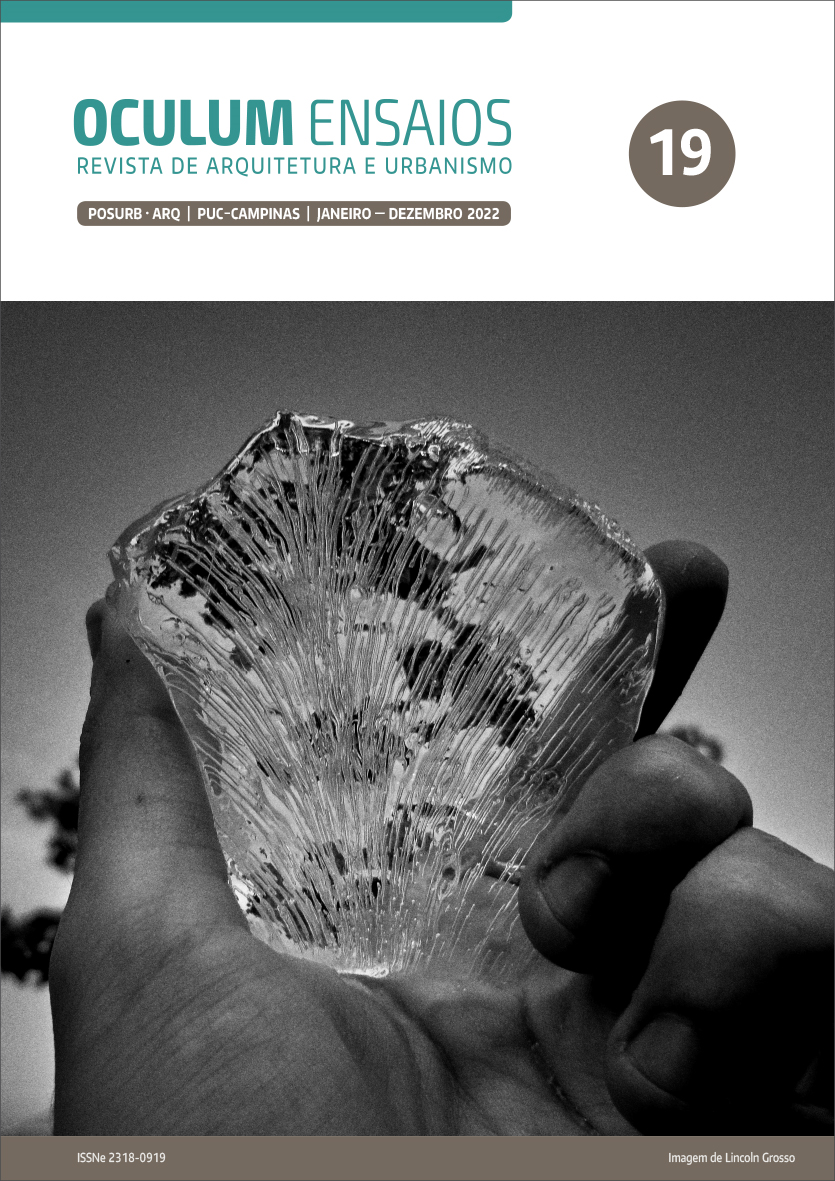Impactos do distanciamento social na evolução da epidemia de Covid-19 no município de São Paulo
DOI:
https://doi.org/10.24220/2318-0919v19e2022a5289Palabras clave:
Novo Coronavírus, Síndrome Respiratória Aguda Grave, Vulnerabilidade socialResumen
Neste estudo, procurou-se acompanhar os impactos das medidas de distanciamento social sobre a incidência de Síndrome Respiratória Aguda Grave pelo Novo Coronavírus e a evolução da soroprevalência para o vírus nas cinco áreas de atuação da Coordenadoria Regional de Saúde. A epidemia teve
início em março de 2020, com maior incidência nas áreas Centro-Oeste e Sudeste. Durante a evolução, as medidas de distanciamento social tiveram maiores impactos nas Áreas Centro-Oeste e Sudeste em relação às Áreas Sul, Leste e Norte. Nas áreas mais vulneráveis, a presença de diversos fatores dificultou a implementação das medidas preventivas e
reduziu seus impactos sobre a evolução da epidemia. O baixo Índice Desenvolvimento Humano, as más condições socioeconômicas, o menor grau de escolaridade e o trabalho fora de casa se associaram a maior soroprevalência para o vírus e ao maior crescimento do Coeficiente de Incidência de Síndrome Respiratória Aguda Grave pelo Novo Coronavírus.
Esses resultados demonstram a relevância de atuar sobre as inequidades sociais para o controle da epidemia do Novo Coronavírus.
Descargas
Citas
of SARS-CoV-2 infection inducing Covid-19. Journal of Biomolecular Structure and Dynamics, v. 39, n.17, p. 6842-6851, 2020.
CHU, D. K. et al. Physical distancing, face masks, and eye protection to prevent person-to-person transmission of SARS-CoV-2 and Covid-19: a systematic review and meta-analysis. The Lancet, v. 395, n. 10242, p. 1973-1987, 2020.
COBBINAH, P. B. et al. Can it transform urban planning in Africa? Cities & Health, p. 1-4, 2020.
COSTA, D. G.; PEIXOTO, J. P. J. COVID-19 pandemic: a review of smart cities initiatives to face new outbreaks. IET Smart Cities, v. 2, n. 2, p. 64-73, 2020.
GLAESER, E. L. et al. How much does COVID-19 increase with mobility? Evidence from New York and four other U.S. cities. Journal of Urban Economics, v. 127, 2020. Doi: https://doi.org/10.1016/j.jue.2020.103292
HUE, S. et al. Uncontrolled innate and impaired adaptive immune responses in patients with Covid-19 ARDS. American Journal of Respiratory and Critical Care Medicine, v. 202, n. 11, p. 1509-1519, 2020.
ISA-CAPITAL. Inquérito de Saúde no Município de São Paulo. São Paulo: ISA-Capital, 2015. Disponível em: https://www.prefeitura.sp.gov.br/cidade/secretarias/saude/tabnet/index.php?=275149#:~:text=Os%20dados%20do%20ISA%20%E2%80%93%20Capital,medidas%20(Conhe%C3%A7a%20a%20metodologia).
KELLERMAN, A. The post-Corona city: Virus imprints and precautions. Environment and Planning-B: Urban Analytics and City Science, v. 47, n. 7, p. 1124-1127, 2020.
LAI, K. Y. et al. The nature of cities and the covid-19 pandemic. Current Opinion in Environmental Sustainability, v. 46, p. 27-31, 2020.
LEWNARD, J. A.; LO, N. C. Scientific and ethical basis for social-distancing interventions against Covid-19. The Lancet Infectious Diseases, v. 20, n. 6, p. 631-633, 2020.
LOZANO-GRACIA, N. Covid and cities: a new demon that points at old problems: how can research help? Environment and Planning-B: Urban Analytics and City Science, v. 47, n. 7, p. 1128-1132, 2020.
MACINTYRE, C. R.; WANG, Q. Physical distancing, face masks, and eye protection for prevention of COVID-19. The Lancet, v. 395, 10242, p.1950-1951, 2020.
WASDANI, K. P.; PRASAD, A. The impossibility of social distancing among the urban poor: the case of an Indian slum in the times of Covid-19. Local Environment, v. 25, n. 5, p. 414-418, 2020.












